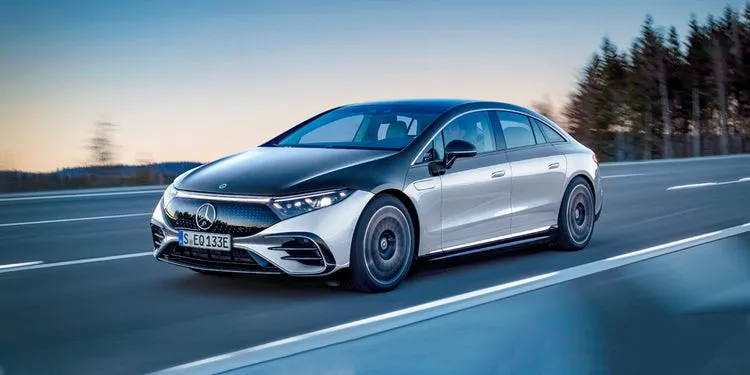EV market predictions

Latest

The DRAM capital cycle
My friend MacroValue recently noted that the spot price for DDR5 memory chips has started declining, after an incredible rise from September 2025 onwards: This decline begs the question: Is the DRAM capital cycle nearing its peak? The "capital cycle" concept comes from Edward Chancellor who put together

India's development trajectory
Last week, I read Amitabh Kant's book Made in India, which examines the growth of private-sector entrepreneurship in India. Let me share the key insights from the book: One is that many of today's conglomerates – Tata, Birla, Godrej, Bajaj, Cipla, etc. – were formed during the British





